What Metals Are Considered Crystals and Why?
Photo of natural copper.
When we think of crystals, we often imagine beautiful gemstones or intricate snowflakes. However, many metals also fall into the category of crystals due to their atomic structure. Let’s dive into what makes metals crystalline and explore some common examples.
The Crystalline Nature of Metals
At the atomic level, metals are composed of atoms arranged in a highly ordered, repeating pattern. This orderly arrangement forms what is known as a crystal lattice. The regularity of this structure is what qualifies metals as crystals. The crystal lattice can vary in shape and complexity, but the key characteristic is the repeating pattern of atoms.
Common Crystalline Metals
-
Iron (Fe): Iron typically forms a body-centered cubic (BCC) structure. This means each iron atom is surrounded by eight others in a cubic arrangement, with one atom at the center of the cube.
-
Copper (Cu): Copper atoms arrange themselves in a face-centered cubic (FCC) structure. In this arrangement, atoms are located at each corner and the centers of all the cube faces.
-
Aluminum (Al): Like copper, aluminum also forms an FCC structure, contributing to its lightweight and malleable properties.
-
Titanium (Ti): Titanium forms a hexagonal close-packed (HCP) structure, where atoms are packed closely together in a hexagonal pattern.
-
Zinc (Zn): Zinc also adopts an HCP structure, which influences its brittleness and other physical properties.
-
Gold (Au): Gold’s FCC structure is responsible for its excellent ductility and conductivity.
-
Silver (Ag): Silver, with its FCC structure, shares many properties with gold, including high conductivity and malleability.
-
Nickel (Ni): Nickel’s FCC structure makes it a key component in stainless steel and other alloys.
-
Cobalt (Co): Cobalt can form both HCP and FCC structures, depending on the temperature and other conditions.
-
Chromium (Cr): Chromium typically forms a BCC structure, contributing to its hardness and high melting point.
Why the Crystalline Structure Matters
The crystalline structure of metals is crucial because it directly influences their physical properties. For instance, the arrangement of atoms affects a metal’s strength, ductility, conductivity, and melting point. Understanding these structures helps scientists and engineers design and utilize metals in various applications, from construction to electronics.
Conclusion
Metals are fascinating materials that exhibit crystalline properties due to their atomic arrangements. By understanding the crystal structures of metals like iron, copper, and titanium, we can better appreciate their unique characteristics and the roles they play in our everyday lives. Whether it’s the strength of steel or the conductivity of copper, the crystalline nature of metals is at the heart of their remarkable properties.






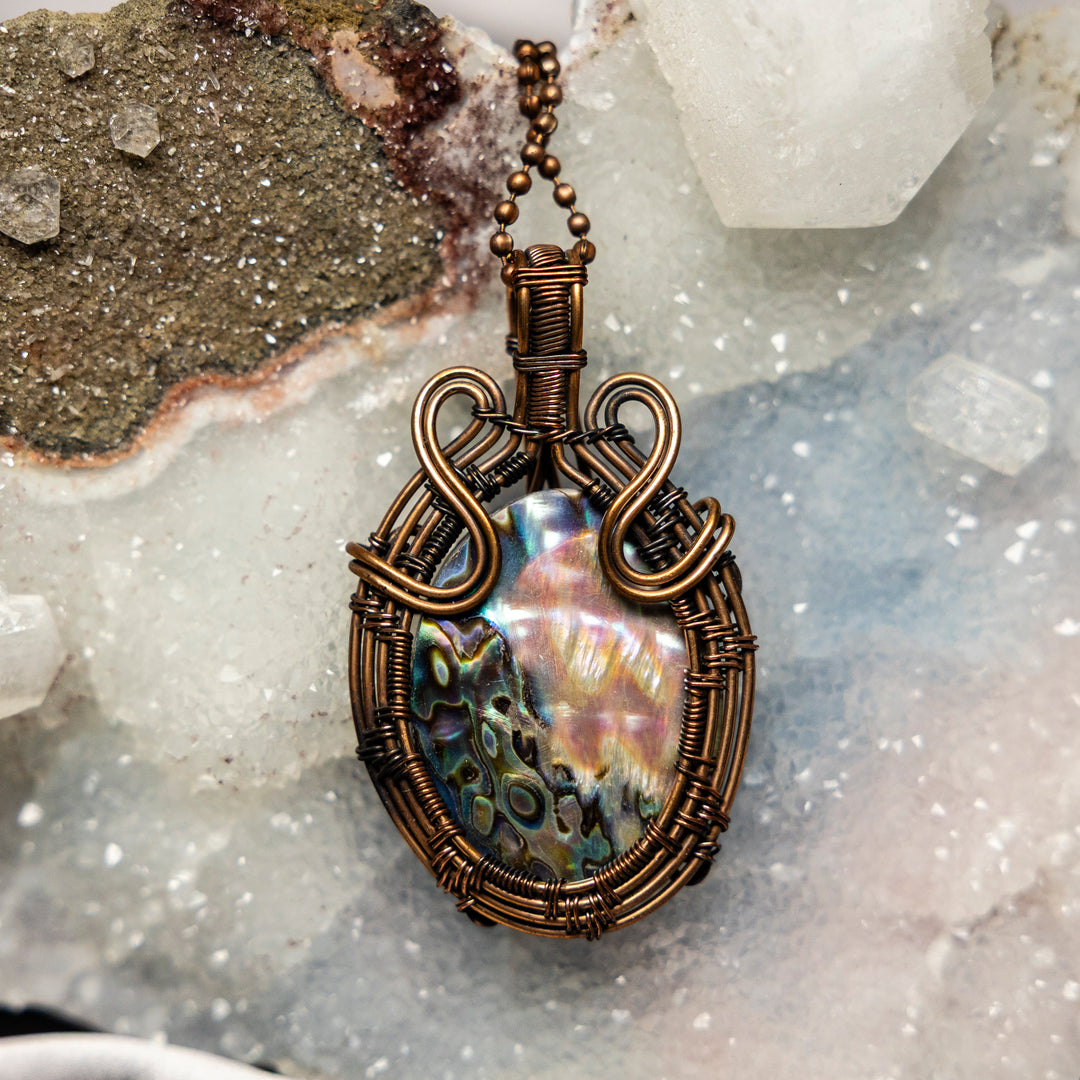
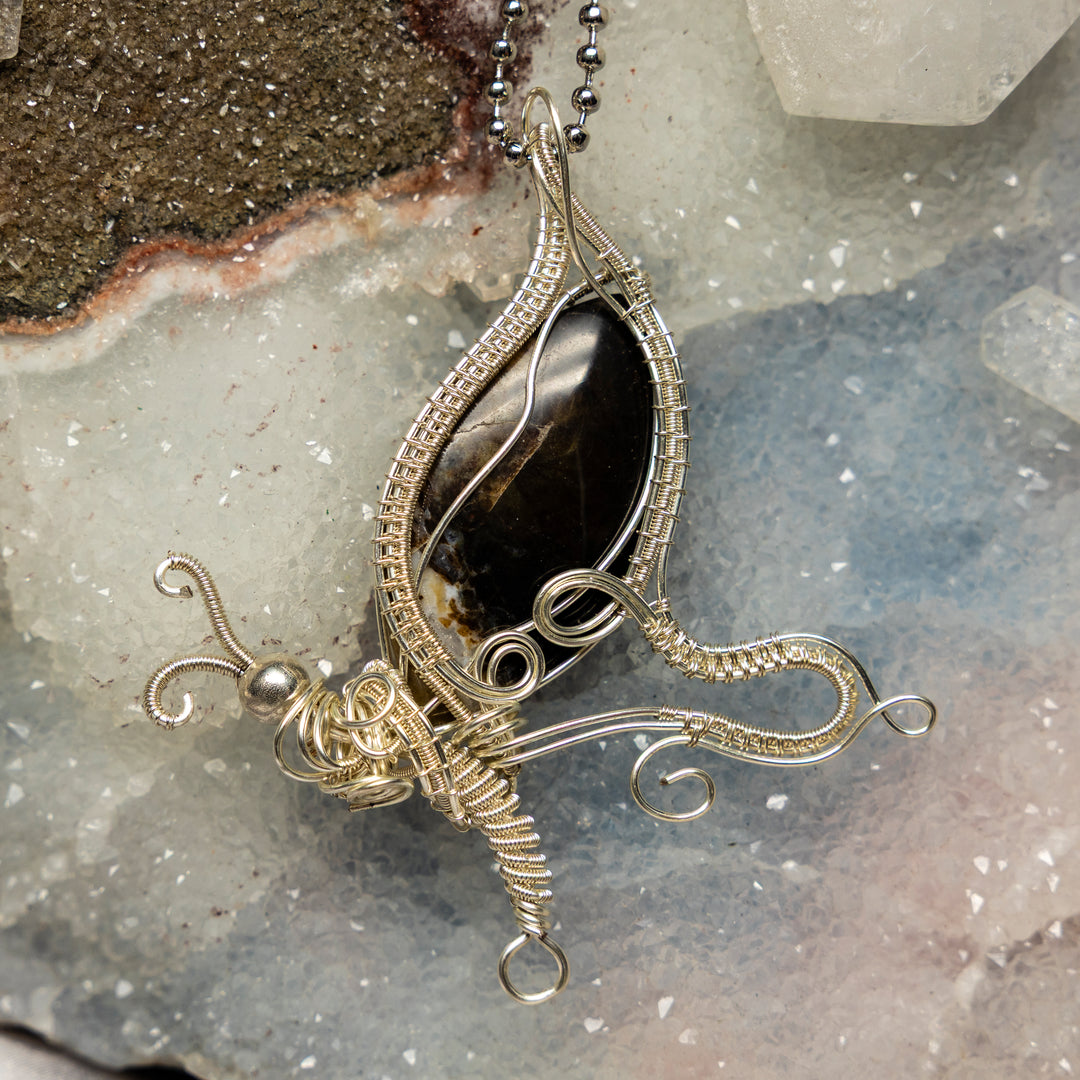
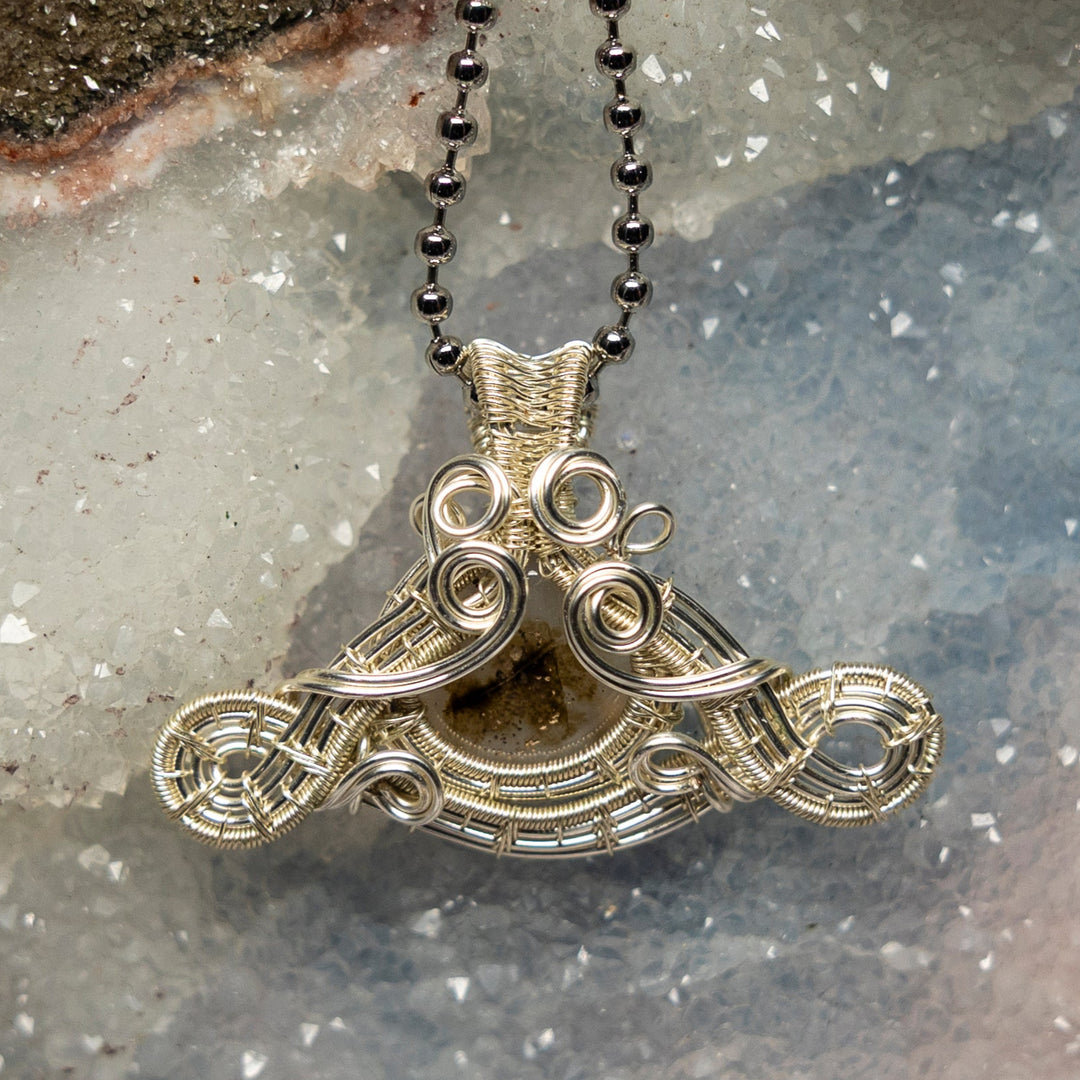
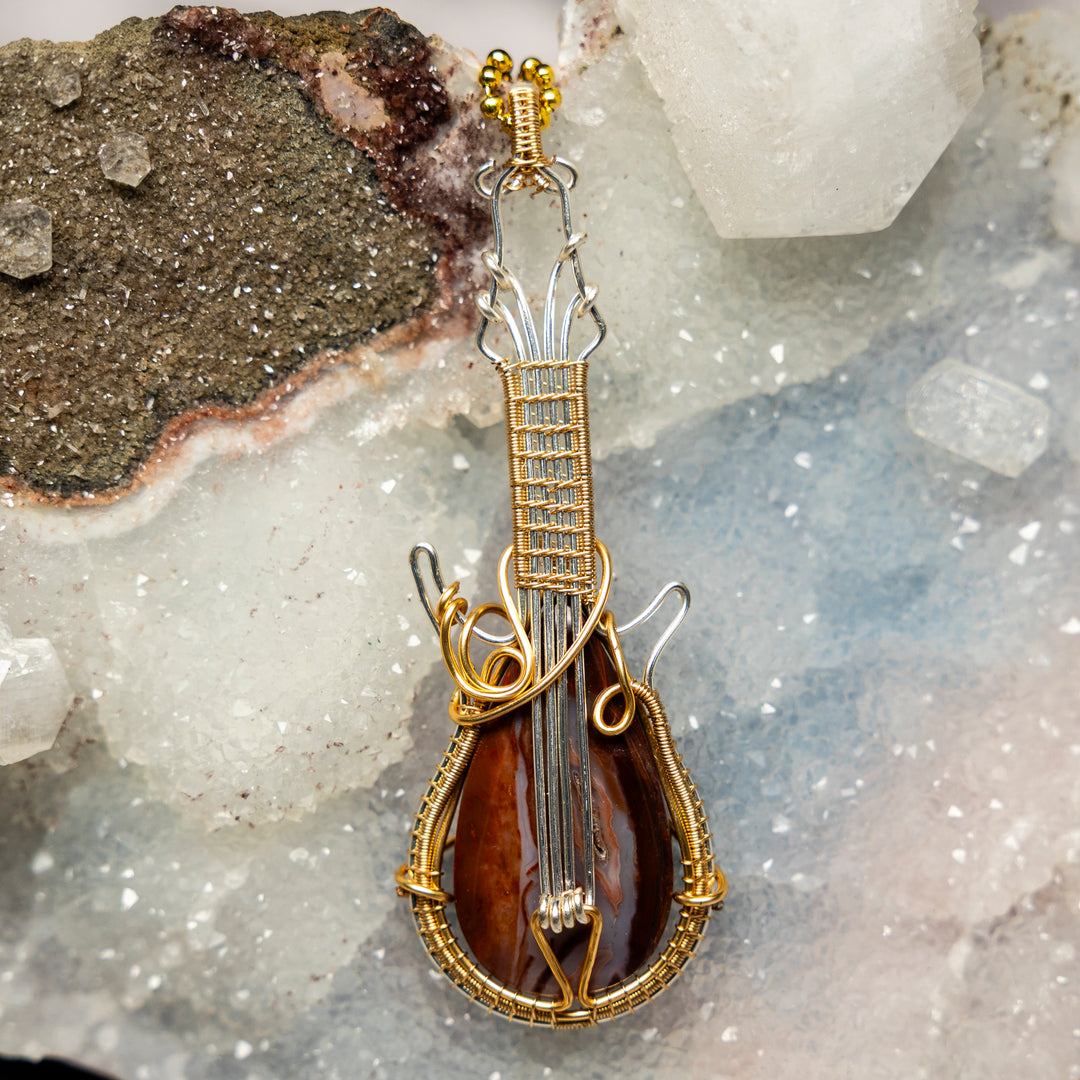

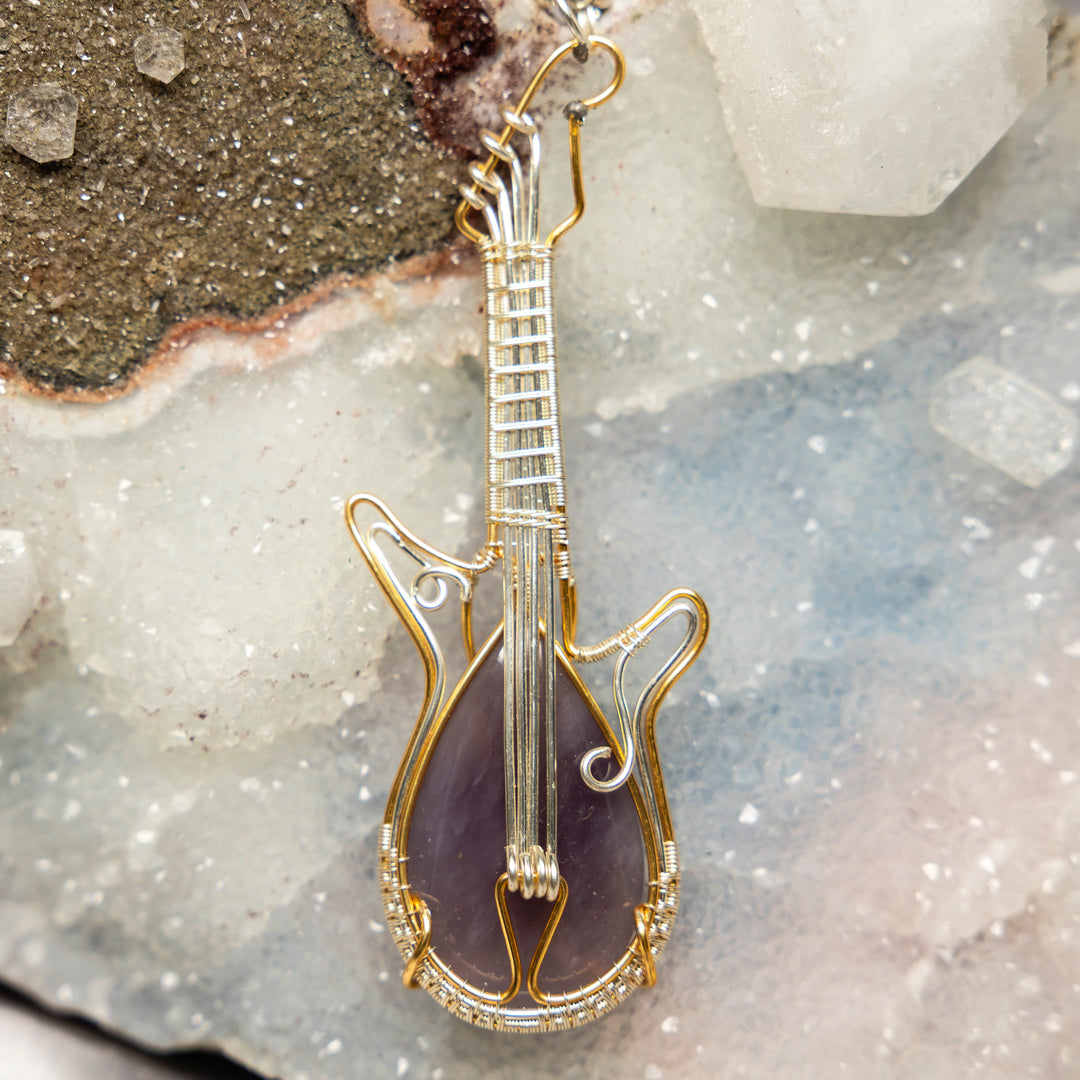







Leave a comment